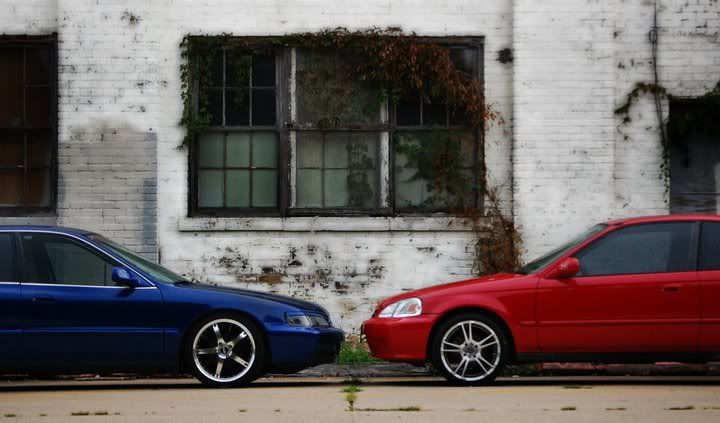Hey Guys,
I had my car painted last summer. I bought a polyurethane lip which ended up getting destroyed in a snow storm. I just purchashed the same lip and got the rest of the paint that was used to paint my car. Probably 2 inches worth in a gallon can.
The guy who painted my car said he used a sealer, not a primer. What sealer should I use and how should I prep this?
I also only have an electric spray gun. I know the results wont be the same but I am hoping they will be close. Any tips? I've never used it and only have a small amount of paint left.
It needs to be flexible. I am lowered and when I scraped my lips multiple times the paint never cracked.
Thank You!
I had my car painted last summer. I bought a polyurethane lip which ended up getting destroyed in a snow storm. I just purchashed the same lip and got the rest of the paint that was used to paint my car. Probably 2 inches worth in a gallon can.
The guy who painted my car said he used a sealer, not a primer. What sealer should I use and how should I prep this?
I also only have an electric spray gun. I know the results wont be the same but I am hoping they will be close. Any tips? I've never used it and only have a small amount of paint left.
It needs to be flexible. I am lowered and when I scraped my lips multiple times the paint never cracked.
Thank You!


